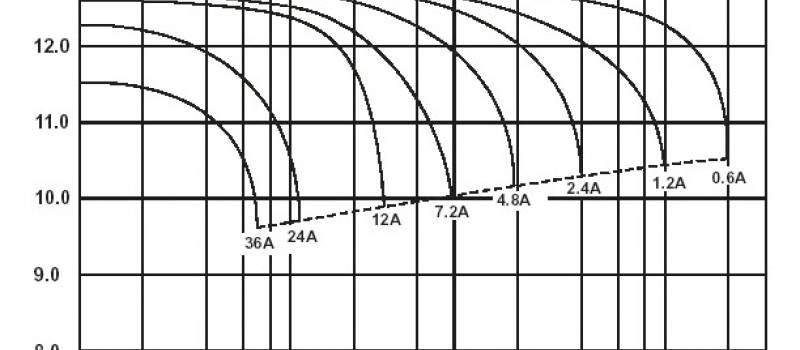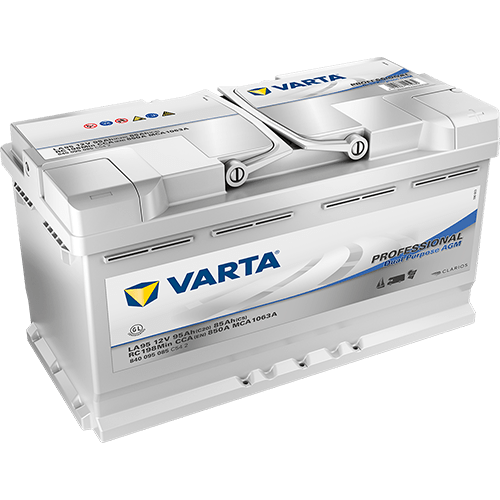How is the capacity of a battery measured? Parameters c100, c20, c10, c5, 20hr, 10hr, 5hr of a battery
RSS
If we are going to choose a battery based on its capacity, we may find that they give us several capacities for the same battery and this can lead to confusion when we ask ourselves what is the true capacity of a battery?
Taking into account that a battery is a chemical accumulator of energy and any parameter is an approximate average, since the real capacity will depend on the manufacturing process, the state in which the battery is, the use that is put to it have done etc ..., in general, you could say that the capacity of a battery is related to its discharge time.
In other words, the capacity of a battery is incomplete if it is not accompanied by the discharge hours.
To understand it better, let's put a real example:
Varta Battery LA95 12V 95Ah (20hr) 90Ah (10hr) 85Ah (5hr)
We see that the same Varta LA95 battery has 3 different capacities: 95Ah, 90Ah and 85Ah. So what is the capacity of this battery really?
The answer is simple: 3!! and also incomplete, because the correct answer would be: What capacity does the Varta LA95 battery have, if I use it for 10 hours? There we could give a single answer, since, in that case, the capacity would be 90Ah. That is, we could download it at 9Ah for 10 hours.
As we see the longer the discharge time, the greater capacity we can obtain from the same battery, this is because if we discharge a battery more quickly, more extra current is lost due to internal energy.
Idea: A longer battery discharge time, more capacity.
Parameters c100, c20, c10, c5 of a battery
Each of the capacities to which we have referred are measured either by specifying the download hours together with the capacity.
12V 95Ah (20 hours)
Or, specifying a parameter c100 for 100 hours, c20 for 20 hours, etc ...:
12V 95Ah c20
Another issue to keep in mind is
When is a battery considered depleted?
A battery is considered empty or depleted when the battery reaches a certain voltage. Depending on our application, it may be one voltage or another. For example, a battery that is used for lighting is not the same as a battery that is used to drive an electric motor.
Probably the battery that we use for lighting can serve us at voltages below 10 volts, since the lights will continue to work, even if it is at a lower intensity and, however, the electric motor will probably not work with voltages close to those 10 volts.
Again, setting the cutoff limit in one voltage or another will give us more or less capacity for the same battery.
